Why are gay male athletes in elite sport afraid to come out in Australia?
Dozens of gay men are playing football, rugby, basketball and soccer across Australia. Yet in 2019 there is not one gay man who is out and proud at the elite levels. Sunday Telegraph reporter Yoni Bashan asks why.
NSW
Don't miss out on the headlines from NSW. Followed categories will be added to My News.
It was late April, and the Australian cricketer James Faulkner wanted to share a photograph with a million of his followers on Instagram and Twitter.
The picture was unexciting — a quick pose at a Melbourne restaurant with his housemate and his mother, the trio out for his 29th birthday.
It was the caption that drew international headlines.
“Birthday dinner with the boyfriend @robjubbsta and my mother @roslyn_carol_faulkner #togetherfor5years,” the cricketer posted, letting off a flare for gay pride.
The response was overwhelming. Cricketers lined up to congratulate Faulkner on this personal announcement. Fans, too, were eager to embrace the news.
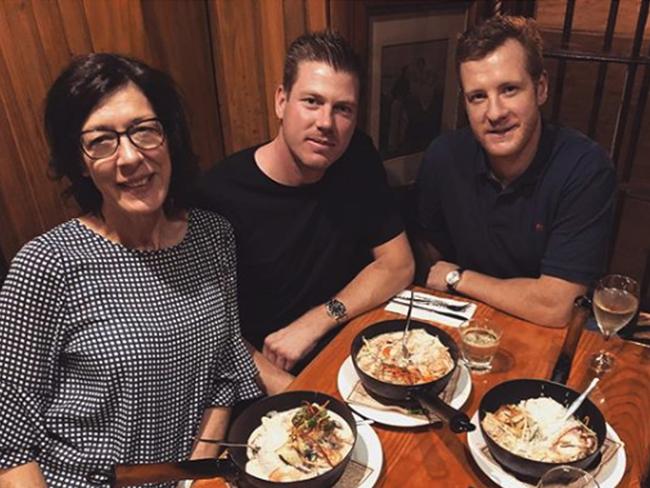
And then, a clarification: Faulkner was not gay, did not have a boyfriend, and the post had been completely misinterpreted—he was not going to be, as some might have hoped, the first international cricketing star to come out publicly as homosexual.
MORE FROM YONI BASHAN:
George Webel: ‘My wife’s murder will never be solved’
Cops to review cold case murders of two mothers
At a time when momentum seems to be building for social progress even within the most hyper-masculine sporting codes — they host Pride Games, enter floats in Sydney’s Gay and Lesbian Mardi Gras, commit to inclusivity frameworks and, in the case of Rugby Union, draw a line on the limits of free speech — it might seem like a groundwork exists for elite male athletes to speak proudly to their sexuality.
It hasn’t worked. Team sports or solo, Australia is bereft of a gay male sporting star at the highest levels of competition. Rugby Union has no openly gay players. Neither does the NRL, the AFL or A-League soccer. There are no gay basketballers. No gay swimmers or divers. Tennis? Same story.
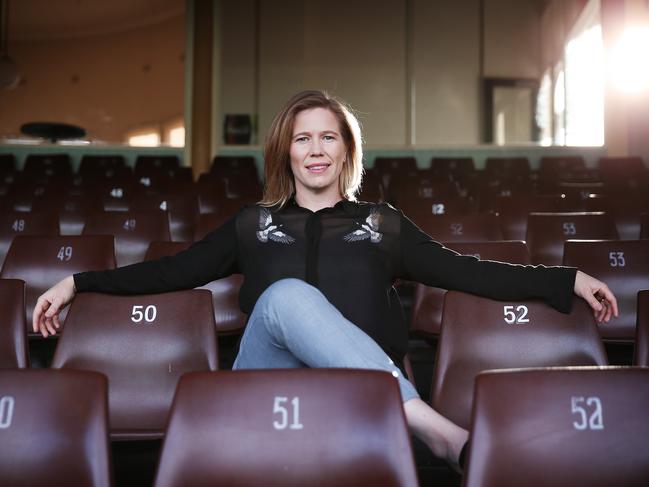
As a test case, the Faulkner post showed everyone that Australia is ready to embrace a gay male cricket player, or any gay sportsman, said Alex Blackwell, the celebrated cricketer and former Australian vice-captain, who watched the commentary unfold online.
“It was incredibly positive,” Ms Blackwell, who married her partner in 2015, said.
“So many people were saying, ‘Good on you, you’ve made a difference to me’. It showed that when a male cricketer, or any high profile male athlete comes out publicly that Australia is ready to support them. That’s a really good sign.”
It is not in doubt that there are gay men playing elite-level sport. Up to 11 per cent of Australians identify as gay, lesbian, bisexual or gender diverse, according to the Department of Health and Ageing, a figure that suggests dozens of top-level athletes are burdened with a secret.

There are many reasons these men choose to stay in the closet, says Matthew Mitcham, the gold-medal-winning Olympic diver. A hostile training environment. Online trolls. Fear of commercial repercussions. There is no shortage of reasons. Sure, same-sex marriage might be nationally legislated but, as Mr Mitcham points out, more than a third of Australians voted against it. In his case, there were other factors, too.
“A healthy dose of shame,” he said. “I didn’t come out to my teammates for a long time because I had been training with these people for five hours a day, six days a week since the age of eleven, so I felt like I would be admitting to deceiving these people for years. I’m sure my situation was not unique.”
Mr Mitcham, now an ambassador for the ANZ and Sydney Mardi Gras Community Grants program, is one of only two male athletes to come out publicly while actively competing in a sport, doing so just prior to the Beijing Olympics. And, he believes, it sent a powerful message.
“I wanted Australia to know exactly who they were supporting,” he said.
The other is Ian Roberts, the hulking icon of rugby league who came out in 1995 while playing for Manly. Nearly 25 years on, he remains the game’s only first-grade player to do so.

“I just got fed up with having to lie to people. I made out back then that I was hip and cool with the whole thing, but I was f**king terrified,” said Mr Roberts, who now works with NRL clubs to educate players and officials on the delicacies of this issue.
“It’s still a pretty tall wall to climb over,” he said.
“I think we’ll still be having this conversation in 20 years’ time. I hope not, but it wouldn’t surprise me. I just don’t know why things haven’t changed.”
The prevailing trend for male athletes has been to wait until retirement before making an announcement. Olympian Ian Thorpe took this route in 2014, as did fellow gold medallist Daniel Kowalski.

Mr Kowalski said he waited because he hadn’t made up his mind about his sexuality. And the only reason he came out is because tabloid magazines were planning to do it for him.
“If my hands hadn’t been forced, I probably wouldn’t have done it,” he said. “This is part of the issue — people are waiting for this first openly gay male athlete to come out and it’s almost like this witch hunt, so to speak, and that’s got to be pretty intimidating for whoever that person is. They may just want to live their life.”
Few would disagree, and it’s worth considering why this expectation exists in the first place. Is it anyone’s business? Why should a gay man have to make a public announcement when a straight man doesn’t?
Just below the elite levels of sport are players who have run this gauntlet and wrestled with the consequences of speaking publicly, men like Andy Brennan, a 26-year-old Melbourne footballer who spent years worrying what being gay do to his career prospects.
“It’s a fear that I had, and it’s a fear that I didn’t need to have. There hasn’t been any loss of opportunities. And in terms of the fans, I’ve had nothing but support from people,” he said.

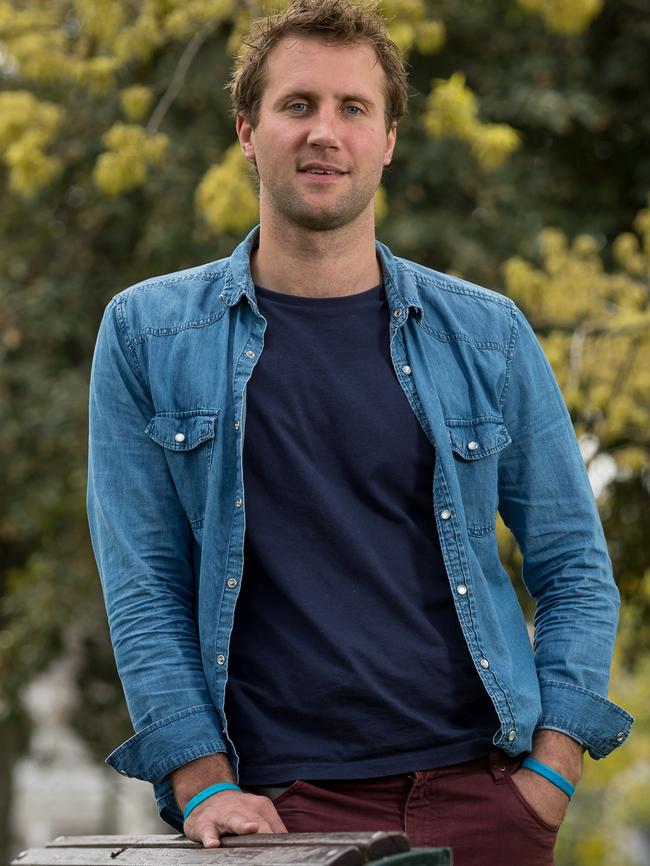
Mr Brennan is now a role model for others in this space, as is Sean Towner, a senior assistant coach for the PEGS amateur AFL club, who came out while skippering the team in 2012. “The person who does it first will be helping hundreds if not thousands of younger and older generations of males,” Mr Towner said. We need more of those role models.”
An yet there is no shortage of role models in women’s sport, perhaps because their leagues are still young and not steeped in historical convention. The NRLW is barely a year old, the AFLW started in 2016, and Women’s Big Bash Cricket began in 2015. By contrast, men’s rugby league, AFL and cricket stretch back more than a century.
“It hasn’t been in the spotlight, the limelight, for as long,” said Ms Blackwell, the cricketer. “I’m wondering if female athletes have felt there was less to lose because they weren’t being paid; they didn’t have sponsorship.”
Data suggests there are scores of young gay men shunning sport because of its deeply-entrenched and casually homophobic culture. The 2014 study Out on the Fields, which surveyed 9500 people worldwide, found eighty per cent of respondents thought gays and lesbians were not accepted within the sporting community. A quarter of gay participants said they no longer played sport because of slurs and attitudes they encountered in PE class.
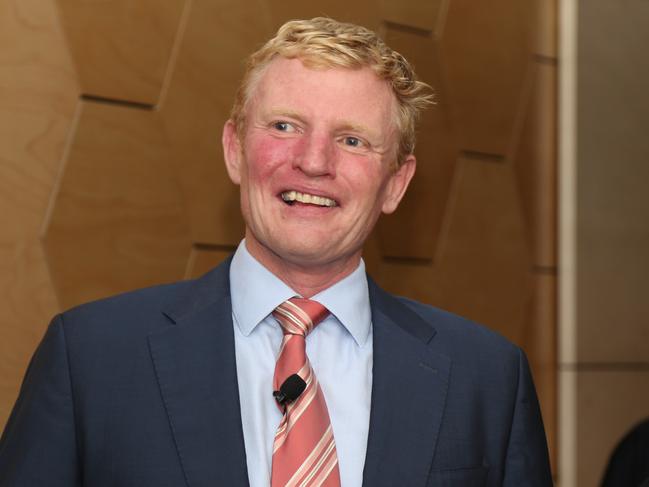
Fixing this is more than a moral imperative, said Andrew Purchas, co-founder of the Pride in Sport Index, a national program that assesses sporting organisations for their commitment to inclusivity (Mr Kowalski and Ms Blackwall are both co-patrons of this initiative). With the loss of these young men, Australia is potentially missing out medal-winning, goal-scoring talent, not to mention spectators.
“You’ll get more fans if you make the grandstands more welcoming,” he said, adding that sponsorship would follow.
But he said Australia is still a generation away from neutralising this low-humming apathy toward homophobic attitudes and sledging in sport. The notion that a man can be a savage on the field and gay at the same time remains somewhat jarring to some players and fans, a trope that provides fodder for rival competitors.
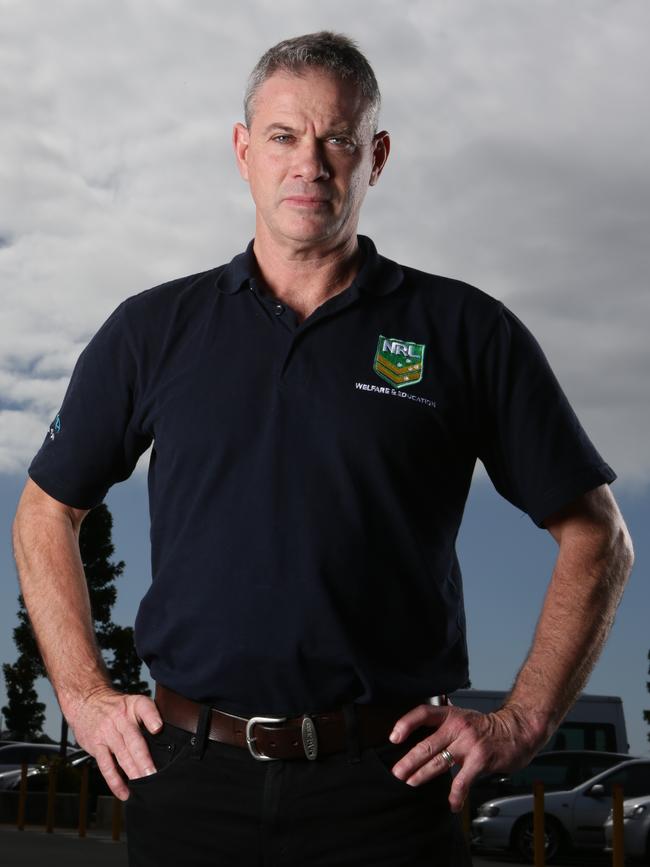
“For a long time homosexuality, or same sex attraction, was and in many cases still is viewed as a weakness, a weakness that is exploited,” Mr Purchas said. “We’ve seen a significant improvement, but this will take a generation to change. The sporting world is probably 10 years behind corporate Australia.”
And yet, there have been strides. Sporting codes have come a long way since Jason Akermanis, the former AFL star, penned a widely-panned opinion piece stating his game was “not ready” for a gay player to come out publicly.
Last month, Cricket Australia introduced a policy for gender-diverse players. The NRL, arguably the most virile of all the sporting codes, participates in the Gay and Lesbian Mardi Gras, and last year was named the highest-ranking organisation on the PIS Index.
Outwardly the sport is doing all it can to welcome a gay player, said Paul Heptonstall, its Manager of Wellbeing and Education.
“Once we get one or two, we’ll get more and more people feeling comfortable in talking about it,” Mr Heptonstall said, pointing to once-taboo subjects like depression that are now discussed openly, or in private with support staff.
“We’ve de-stigmatised that,” he said.
“I’m really positive that over the next few years this will become a non-issue.”
Originally published as Why are gay male athletes in elite sport afraid to come out in Australia?


